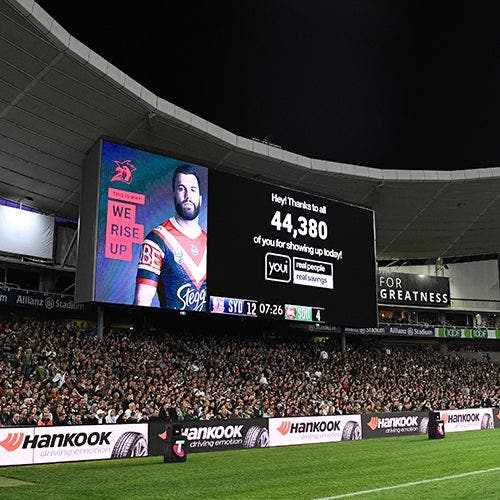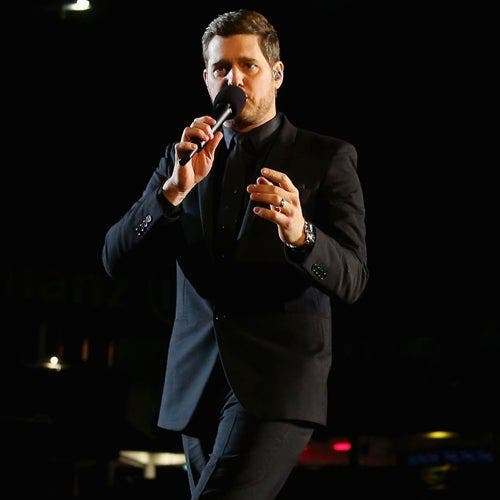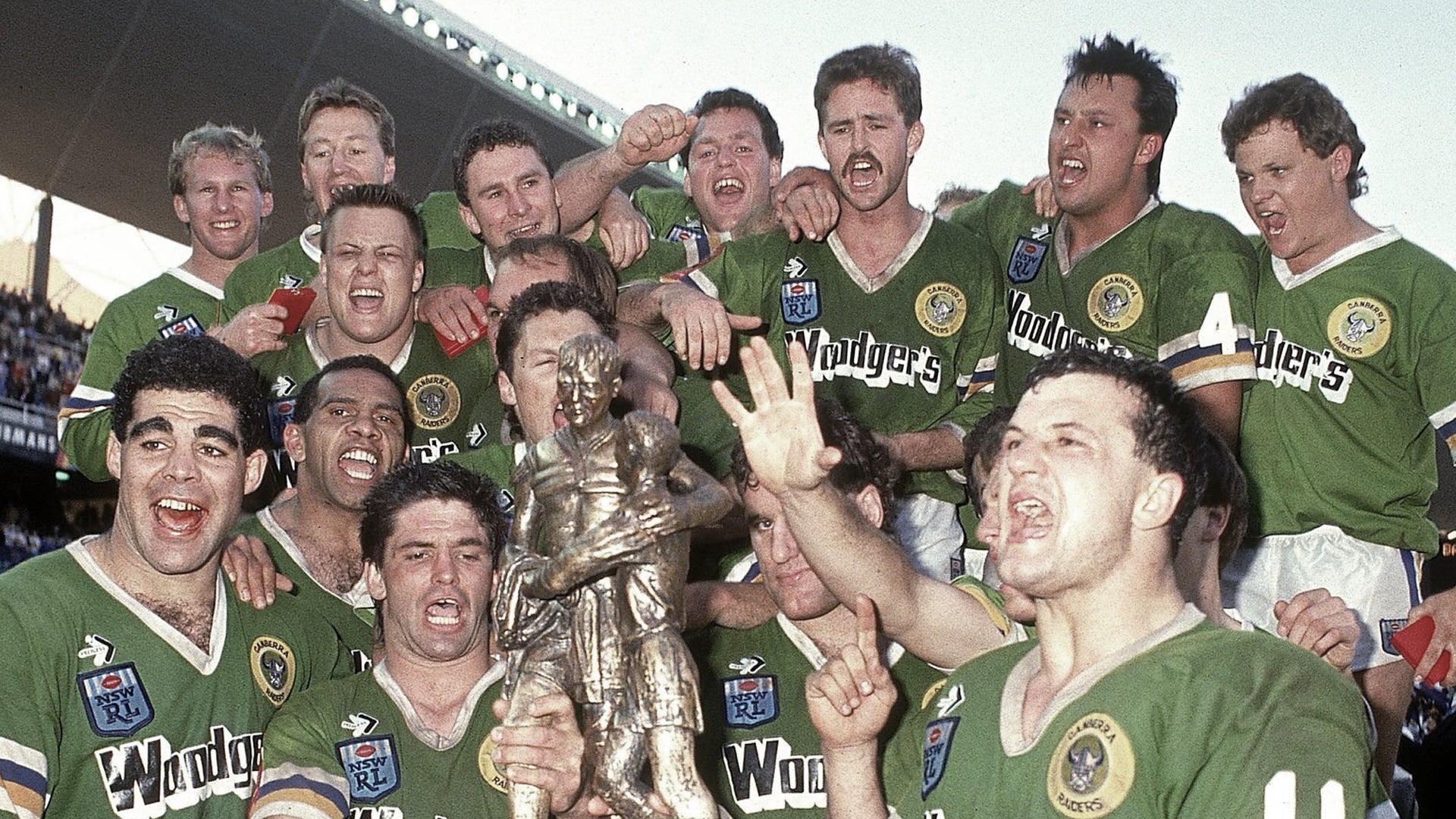
History of the Sydney Football Stadium
ㅤ
The new Allianz Stadium will be home to some of Sydney's most successful sporting franchises and will be one of Australia's top destinations for major sporting and entertainment events.
It will be the third sister venue to the world-famous Sydney Cricket Ground, continuing the legacy of the Sydney Sports Ground (est. 1903) and the original Allianz Stadium (est. 1988).
The site has hosted the biggest names in world sport and entertainment from ground-breaking African American cyclist Major Taylor to Muhammad Ali, and football’s Pele and Maradona, music superstars Robbie Williams, U2 and Taylor Swift, and Fanny Blankers-Koen to Australia’s golden girls of the track, Betty Cuthbert, Marlene Matthews, Shirley Strickland, Marjorie Jackson and Decima Norman.
cannot use this section custom_title sfs_f905bed2_428f_470f_9f6a_4bb3e80904b0
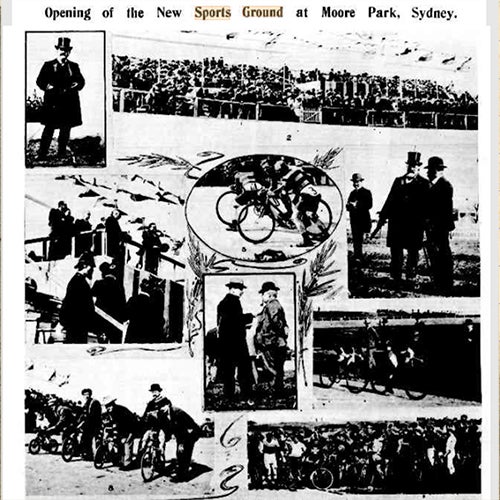
1903: Sydney's New Sports Ground
The Sydney Sports Ground was officially opened by E.W. O’Sullivan, the NSW Minister for Works, on 3 October 1903
The Sydney Sports Ground was opened by Sir Harry Rawson, the Governor of NSW, and Edward O’Sullivan, the NSW Minister for Works, on Saturday 3 October 1903. More than 300,000 loads of earth had been used to transform the site, formerly a rifle range for the nearby Victoria Barracks, into an oval and cycling track.
The opening was accompanied by a full brass band. Thirty-six events were run on the opening day, including the O’Sullivan Stakes, a half-mile cycling race, and the Reid competition, which involved a cake-walk, bicycle ride and potato spearing. That year, The Truth newspaper called the ground ‘the best sight in the Commonwealth’.
1930: Bradman Under Lights
The world’s first cricket match under lights was played at the Sydney Sports Ground on 8 November 1930
Legendary cricketer Donald Bradman played in the world’s first day-night cricket match at the Sydney Sports Ground on 8 November 1930. The match was a novelty game raising funds for the City Girls’ Amateur Sports Association. The male cricket team, including Bradman, Monty Noble, Jack Gregory and cartoonist Jim Bancks, competed against a team of amateur female cricketers.
As evening fell, the ground was lit by floodlights and a large crowd of fans gathered to watch the match. The competition between the male and female cricketers was fierce, but we will never know who won – officials were so entertained, they forgot to keep score.
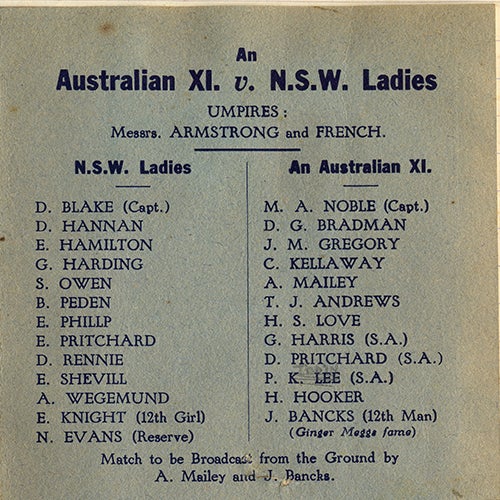
1935: Brown's Immortal Effort
Eastern Suburbs rugby league Immortal Dave Brown scores 45 points against Canterbury Bankstown
On 10 August 1935 the Sydney Sports Ground hosted one of the most remarkable games in the history of rugby league, with Dave Brown leading his Eastern Suburbs team against Canterbury-Bankstown to victory. Brown scored five tries and kicked 15 goals, scoring a total of 45 points for the match. This record still stands today.
The Referee newspaper called Brown ‘The Bradman of Rugby League’ and he represented his club, his state and his country with distinction. Dave Brown was named as an Immortal, the greatest honour a rugby league player can receive, in 2018.
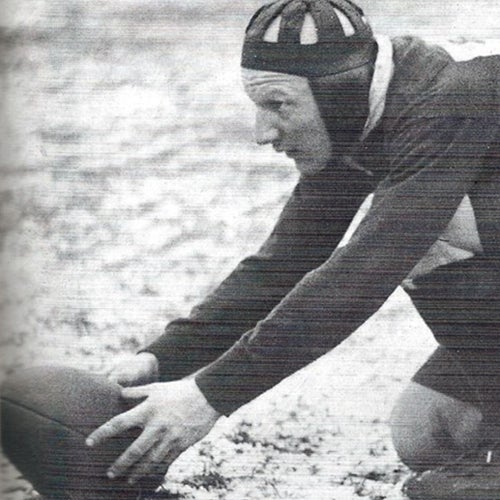
1952: Women Sprinters Dominate
During the 1950s women racing at the Sydney Sports Ground shattered world record after world record in an incredible show of Australian athletics.
Sprinters Marjorie Jackson (pictured), Marlene Mathews and Betty Cuthbert, and hurdler Shirley Strickland were the track stars of the early 1950s, with Jackson breaking her own world record twice in one day at the sports ground on 8 March 1952.
Mathews set five world records at the Sydney Sports Ground between 1950 and 1961. Cuthbert had run on the world-class track at the Sydney Sports Ground since 1951, when she won her first junior race aged thirteen. She would go on to set six world records at the ground between 1958 and 1963.
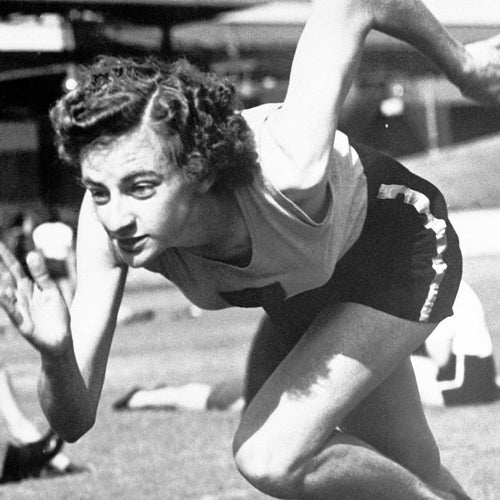

1972: Hey, Pelé!
The legendary footballer Pele played for Brazil vs Australia at the Sydney Sports Ground on 17 June 1972
Brazilian football team FC Santos played an Australian side at the Sydney Sports Ground on 17 June 1972. A crowd of 30,000 attended, eager to watch Brazilian player Pele, one of the world’s greatest footballers. Socceroos legend Ray Richards was given the task of marking Pele throughout the game.
Orlando Pereira scored the first goal for FC Santos, with Jim Rooney scoring an equaliser three minutes later. The great Pele effortlessly set up another goal for FC Santos. Australia fought back, with Ray Baartz scoring in the closing minutes to end the game in a draw at 2-2. Pele would later remark that it was the hardest match of his career.
1979: 'The Greatest' Calls Time
Muhammad Ali boxed in exhibition bouts with Jimmy Ellis and Joe Bugner at the Sydney Sports Ground on 18 March 1979. He subsequently announced his first retirement from the sport
Muhammad Ali, the world champion boxer, arrived in Australia in March 1979 on a promotional tour to fight exhibition bouts with Jimmy Ellis and Joe Bugner at the Sydney Sports Ground. Ali was the first boxer to capture the world heavyweight title three times during his career. A large crowd gathered to witness the ‘Greatest of All Time’ in action.
Torrential weather arrived just before the bout began. After Ali fought three inconclusive rounds in the rain, he apologised to the crowd and revealed that he was ready to leave professional boxing. Three months later, he officially announced his first retirement.
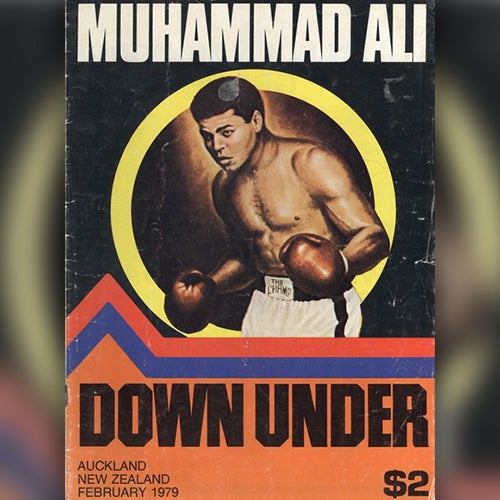
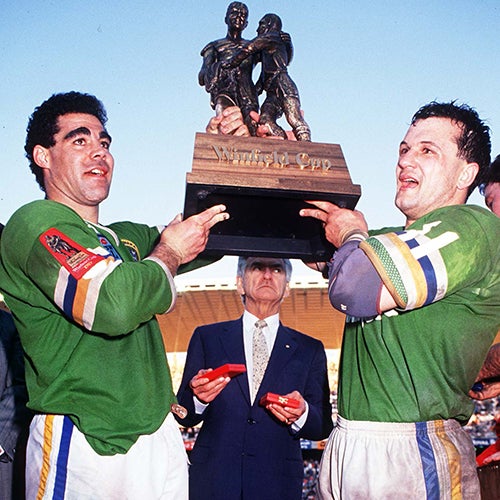
1988-89: Original SFS Opens, Canberra Wins 'Best-ever' Grand Final
The opening of the Original Sydney Football Stadium marked the dawn of a new era for sports and entertainment in New South Wales.
On 24 January, 1988, the new stadium's 'opening spectacular' was held, two days before the major bicentenary celebrations on Australia Day. On 4 March, the St George Dragons defeated Eastern Suburbs 24-14 in the opening match at the stadium.
Later that season, Canterbury Bankstown became the first club to win a NSWRL title at the venue, defeating Balmain Tigers 24-12.
Balmain went on to feel the pain of back-to-back grand final defeats on 24 September 1989, in a thrilling match against the Canberra Raiders now widely-regarded as the 'best-ever' NSWRL/ARL/NRL grand final. More than 40,500 were on hand to witness the heart-stopping decider.
Captained by Wayne Pearce, the Tigers took 12-2 half-time lead. Play moved so fast that the commentators could barely keep up. With 20 minutes to play, Mal Meninga blocked a Tigers’ attack with an extraordinary try-saving tackle, then a field goal by Benny Elias hit the cross bar. The Raiders drew even at 14-14. In extra time, Steve Jackson broke two tackles and carried three defenders over the try line to secure a historic 19-14 win for the Raiders.
1993: Football's 'Biggest Star' Graces The SFS
Diego Maradona and Argentina draw 1-1 against the Socceroos in a FIFA World Cup qualifier.
On 31 October 1993 Diego Maradona, football’s biggest star, arrived with Argentina for a FIFA World Cup Qualifier against the Socceroos. The stadium hosted 43,967 fans for the match, setting a record that stood for 25 years.
Argentina took the lead after an exciting 37 minutes. The advantage did not last long, as Aurelio Vidmar equalled the score to 1-1 with a stunning goal that brought the spectators to their feet. The world-class match ended in a 1-1 draw between Australia and Argentina. Maradona especially praised the play of Socceroo Robbie Slater, with the two swapping team shirts. Argentina went on to win the following match against Australia, qualifying for the 1994 World Cup.

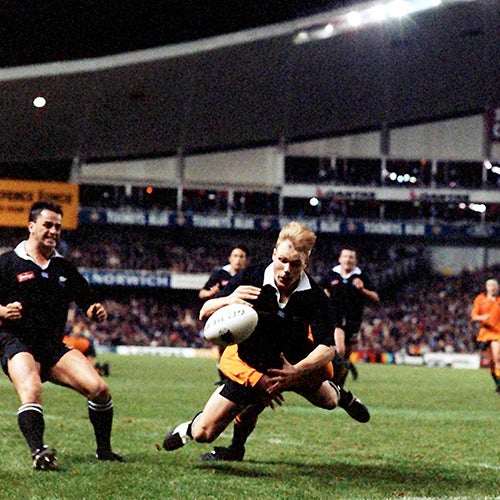
1994: Coyne's Queensland 'Miracle' and Gregan's Bledisloe Wonder
"That's not a try, that's a miracle!"
Mark Coyne scored a miraculous last gasp try to snatch victory for Queensland in Game One of the State of Origin series (23 May, 1994). Down 12-10 and with 40 seconds left on the clock, the Maroons started one of the most memorable try-scoring movements from deep insider their own half before Coyne completed the 11-pass movement to thwart NSW.
George Gregan (pictured) tackles Jeff Wilson of the All Blacks, securing a Bledisloe Cup win for Australia on 19 August 1994.
Wallabies scrum-half George Gregan pulled off one of the most famous tackles in rugby union history at the Sydney Football Stadium on 19 August 1994. A crowd of 41,917 cheered on the Wallabies as they fought the New Zealand All Blacks for the Bledisloe Cup. With minutes left on the clock, the Wallabies clung to a lead of 20 -16.
All Blacks winger Jeff Wilson took the ball, evaded Wallabies defenders and seemed certain to score. Just five metres from the try line, Gregan felled Wilson in a spectacular tackle and knocked the ball from his hands. Gregan’s famous, game-saving defensive move is known to Australian commentators simply as ‘that tackle’.
1997: Johns and Albert Deliver Knights Glory
Newcastle Knights secured their first ARL premiership, winning with a last-minute try against the Manly Sea Eagles on 28 September 1997.
The 1997 Australian rugby league season divided the competition – twelve teams competed in the ARL and ten played in the Super League. The Newcastle Knights and the Manly Sea Eagles came head to head in a spectacular ARL grand final at the Sydney Football Stadium on 28 September 1997.
A talented Sea Eagles side, coached by Immortal Bob Fulton, led the first half 16-8. In the game’s second half, Knights legends Andrew Johns, Robbie O’Davis and Darren Albert staged a comeback. In the final minute, the stadium erupted in cheers as Johns set up Albert’s game-winning try for Newcastle. The following year, the two competitions reunited as the National Rugby League.
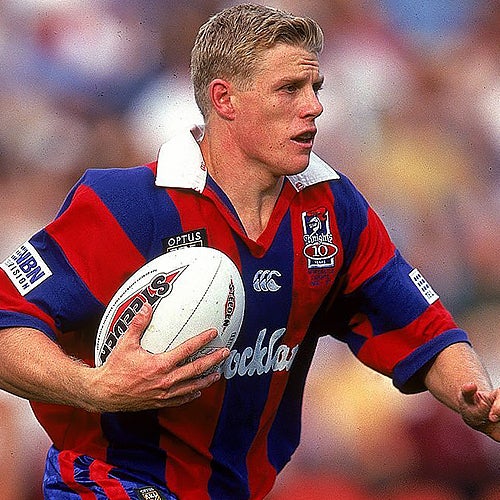
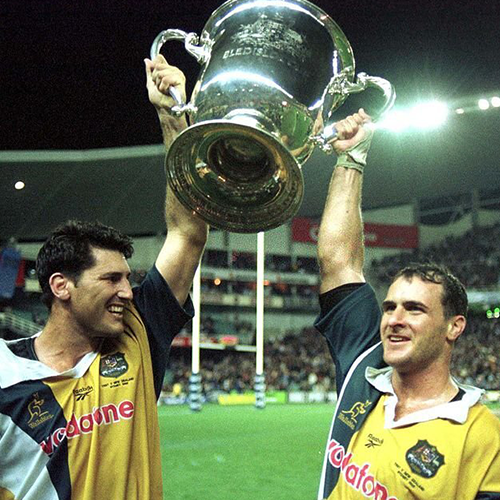
1998-2003: The SFS Goes Green and Gold
29 August 1998: The Wallabies claim a memorable 19-14 victory over the All Blacks - a match which saw the Australians complete a 3-0 Bledisloe Cup series whitewash.
16-28 September 2000: The stadium was the main venue for the Olympic Games football, hosting 226,519 patrons for 10 games, including the women's gold and bronze medal matches and the men’s bronze medal match.
October-November 2003: The stadium hosts five Rugby World Cup 2003 matches with a total attendance of 168,948.
2005: Edinburgh Abroad and Benji Brilliance
February 2005: The Edinburgh Military Tattoo performs at the SFS. It was the first time that the official tattoo had performed in Australia, and only the second time it had performed overseas in its 55-year history.
Later that year, Wests Tigers young-gun Benji Marshall inspires an upset Preliminary Final win over the red-hot St George Illawarra Dragons. Marshall scored the first of the side's four tries as 41,260 fans saw the merger club progress into its first NRL Grand Final, which they would go on to win.

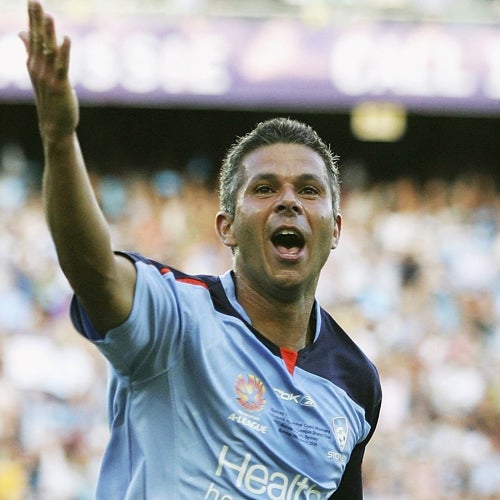
2006: Sydney's 'Silver Fox' Seals Maiden A-League Title, Man v Machine
Sydney FC win the first A-League championship played at the Sydney Football Stadium, defeating the Central Coast Mariners on 5 March 2006.
The inaugural A-League grand final took place on 5 March 2006 at the Sydney Football Stadium. Fans of Sydney FC, dressed in sky-blue, packed out most of the stadium, while Central Coast Mariners fans waved yellow flags. Many were excited to see former Manchester United player Dwight Yorke play for Sydney FC on the field.
The Central Coast Mariners and Sydney FC players were neck and neck throughout the game, with no team consistently in control of play. Finally, a pass from Yorke to Sydney FC player Steve Corica set up the perfect goal. Sydney FC won the first A-League grand final with a score of 1-0.
17 May: The stadium hosted its first boxing match when Anthony Mundine unanimously outpointed Danny Green in the WBA super middleweight title eliminator in front of more than 30,000 fans. The bout was the biggest grossing match in Australian boxing history
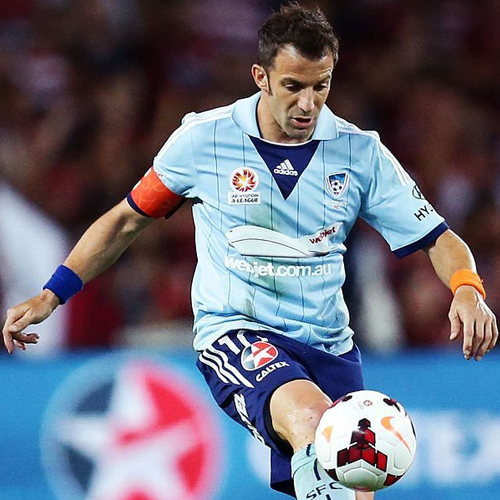
2012-15: ADP Dazzles and the 'Hottest Ticket in Town'
Sydney football fans welcomed the dawn of a new era when the Sky Blues unveiled Italian superstar Alessandro Del Piero as the club's marquee signing ahead of the 2012-13 A-League season.
'ADP' played 48 games in his Sydney tenure and netted 24 goals. His first, a trademark free kick against Newcastle Jets in front of more than 31,000 fans at Allianz Stadium.
The Del Piero signing was a watershed moment for the domestic league. 'Pinturicchio' attracted then-record crowds to Allianz Stadium, coinciding with the rapid rise of cross-town club, Western Sydney Wanderers.
The Daily Telegraph's Phill 'Buzz' Rothfield wrote of the A-Leagues newest, fiercest rivalry:
"Sydney FC v Western Sydney Wanderers has rocked the foundations of sport in this city with the force of an earthquake... Saturday night’s crowd of 41,263 was the biggest at Allianz Stadium for a club game in any code. Bigger than any of the NRL’s Anzac Day games, bigger than any Waratahs match. And it sold out three days in advance."
2018: Records Shattered as Original SFS Closes
The Sydney Football Stadium recorded huge crowds for its final events, including the Wallabies v Ireland, Roosters v Rabbitohs and Women’s Sevens matches.
After thirty years of exciting sports moments, the original Sydney Football Stadium closed in 2018. Since opening in 1988, the Sydney Football Stadium hosted some of Australia’s most significant sporting moments, including many in its last year.
In January 2018 the stadium hosted the Sydney leg of the Rugby Sevens World Series, with the Australian men’s and women’s teams triumphing at their respective finals.
In June 2018 the Wallabies-Ireland Test match drew the biggest crowd ever at the stadium of 44,085 spectators who watched the Irish defeat Australia. The record was shattered again in September’s NRL preliminary final, where a crowd of 44,380 spectators cheered the Sydney Roosters to victory over the South Sydney Rabbitohs.
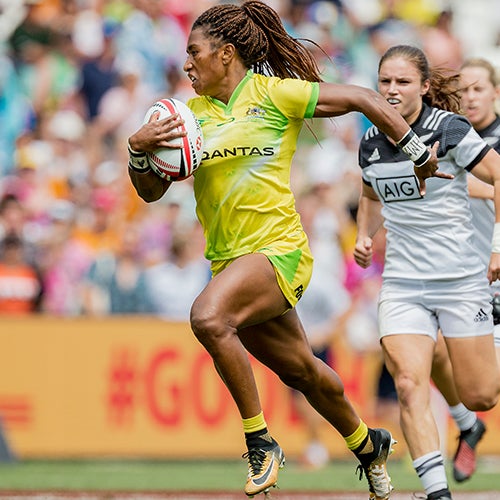
ㅤ
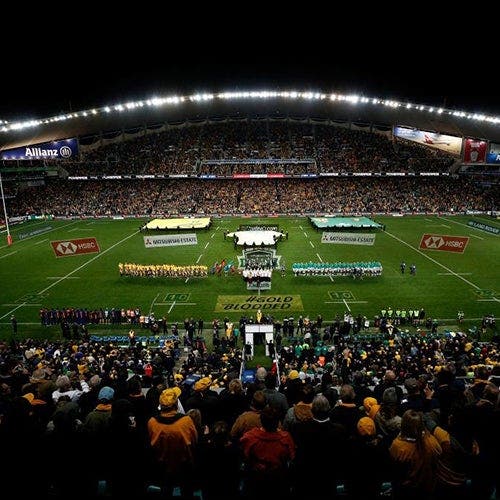
Gallery
